Continental Circus - part 5: The Japanese are coming
In the 1959 Isle of Man TT the first Honda team appeared on the starting grid. The following year, they returned at full strength, quickly followed by Yamaha and Suzuki teams.

Undeniably, the Japanese breathed new life into Grand Prix racing. A side effect was that things also changed on the sporting front. The Japanese began investing heavily in experienced European drivers. Thanks in part to their contracts with fuel companies and engine suppliers, they were able to offer lucrative contracts.
In 1960 a new star entered the Continental Circus: Hugh Anderson.
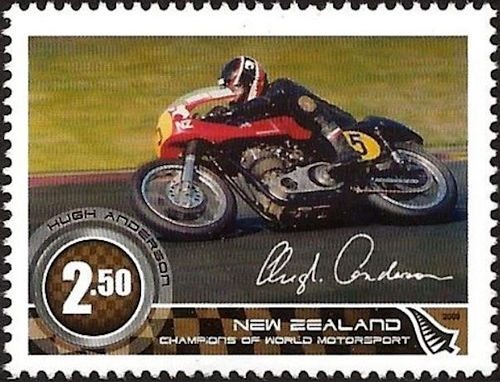
He won his debut race in Madrid on a Norton. Consequently, he was given a brand-new AJS 7R for the TT by the New Zealand importer. He achieved several podium finishes on this machine in 1960. Unfortunately for the privateer riders in the 350cc class, riders from the Eastern Bloc were now also joining the Continental Circus. On their Jawas, factory riders Gustav Havel and František Št'astný did their best to keep the Nortons and AJSes from winning.
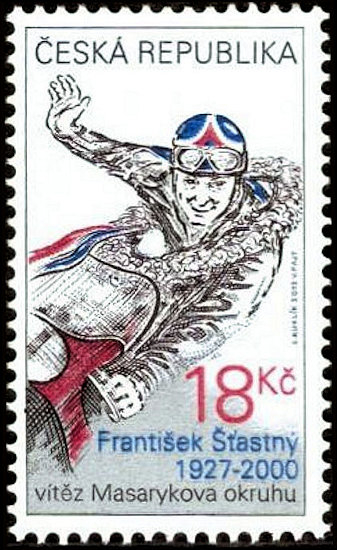
Št'astný won both the 250cc and 350cc classes at the Brno circuit and the 350cc class at the Salzburgring. He also took second place behind Gary Hocking in the French and Italian Grands Prix, thus finishing fourth in the world championship.
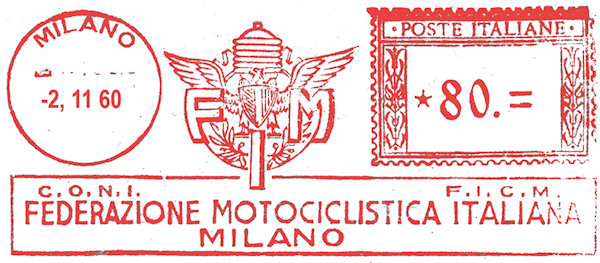
In 1960, however, things didn't go smoothly. There was a fatal accident in Mettet when Dave Chadwick came into contact with backmarker Bill Sawford and then, next to the track, collided with a sandwich vendor who was illegally setting up his stall. Both riders were killed, and despite considerable criticism of the Belgian Motorcyclists' Union (BMB) for failing to implement safety checks, no further action was taken.
That year, there was also a fatal accident in Assen. Peter Ferbrache, winner of the 350cc and 500cc races in Karlskoga (Sweden) and Ruissalo (Finland), crashed in Assen and later succumbed to his head injuries. Note that this was still the period that riders were using Cromwells "pot helmets", primarily made of pressed cork, which provided little to no impact absorption.
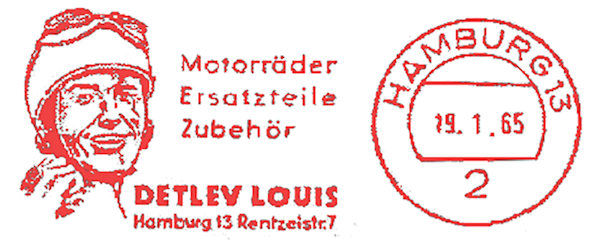
They also wore tight-fitting leather suits without any absorbent material. The riders had only double-layered leather on the elbows, knees, and shoulders as protection.
Another remarkable accident that year occurred at the Solitudering near Stuttgart.
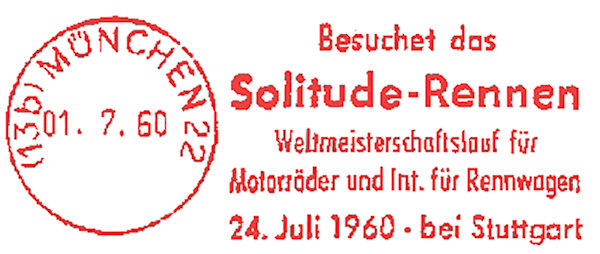
The motorcycle race was preceded by a Formula 2 car race, in which a lot of crash incidents happened. This resulted in a considerable amount of sand and gravel on the track when the motorcycles took off.
Bob Brown, on his 250cc Honda, was the highest-placed privateer at the time.
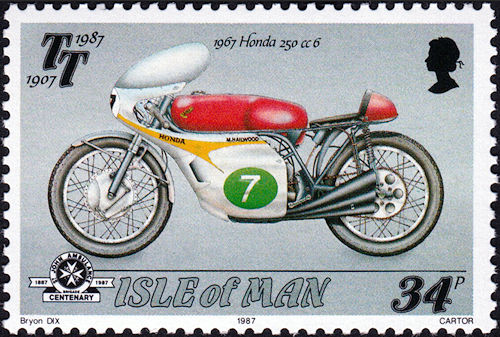
He slid through all that sand and gravel in the infamous "sandbox corner", and died that evening in the hospital from his head injuries.
Today's racing drivers have far more safety measures and protection than their predecessors. This was due in no small part to the continous criticism of unsafe circuits, although this often fell on deaf ears. In this respect, the drivers of the Continental Circus were true pioneers.
(To be continued)
Hans Baartman
Top - Back to former page - Home |